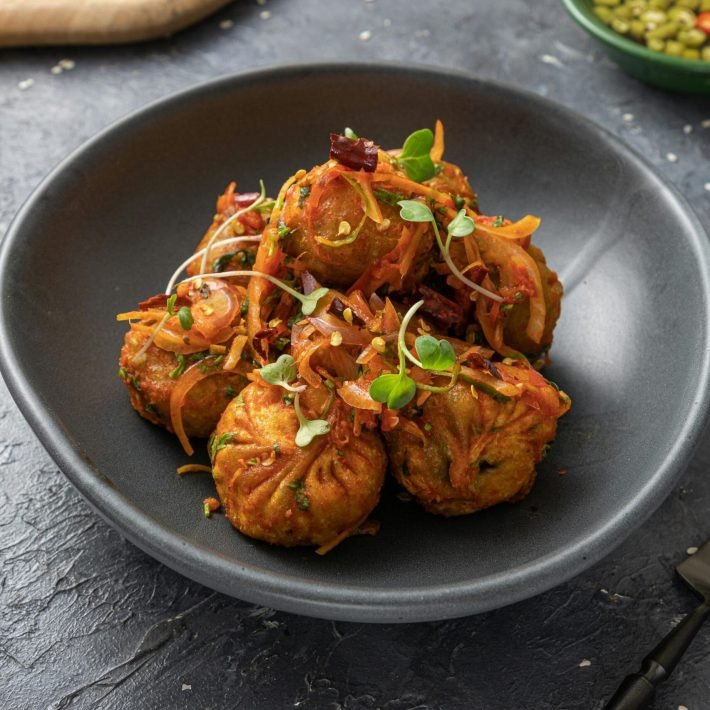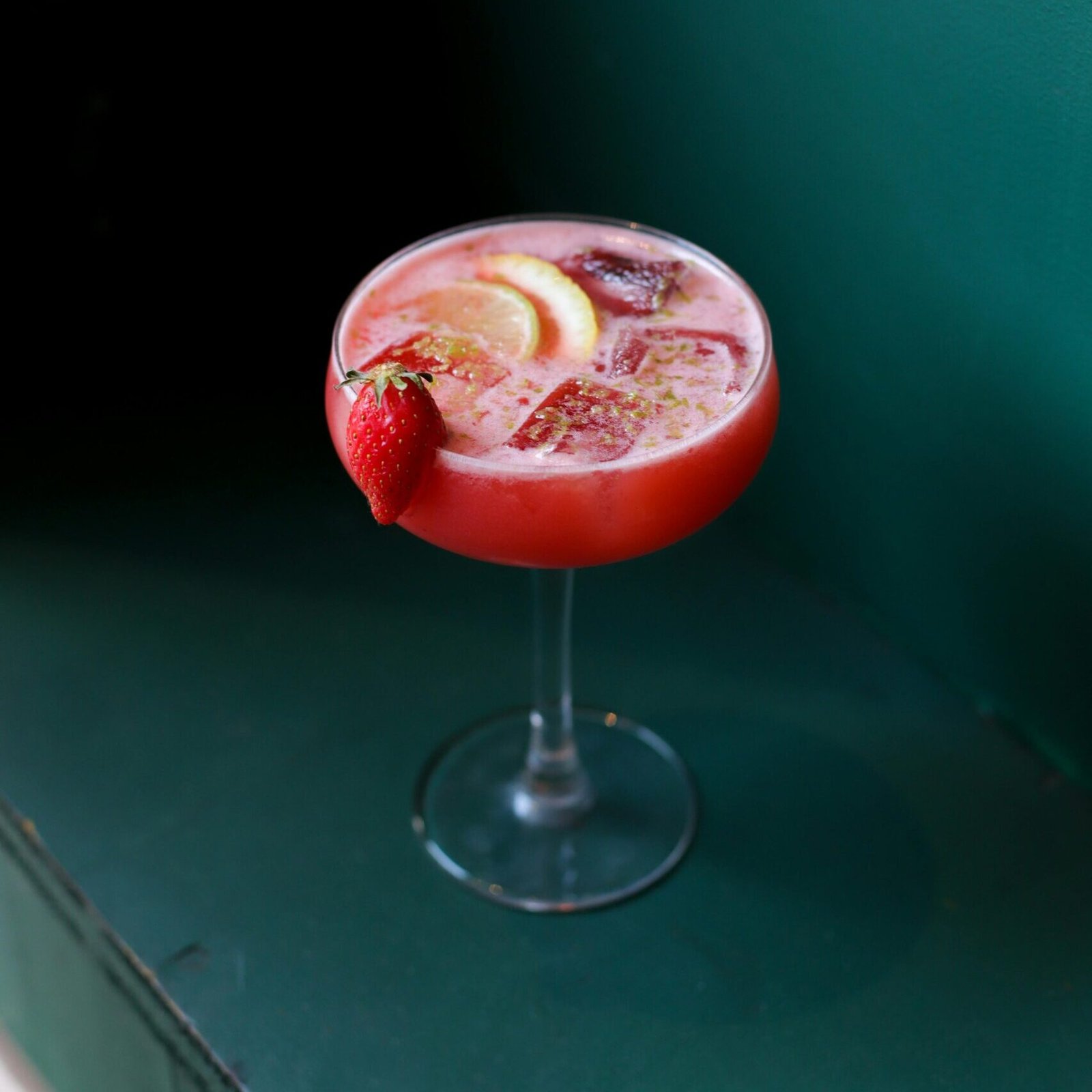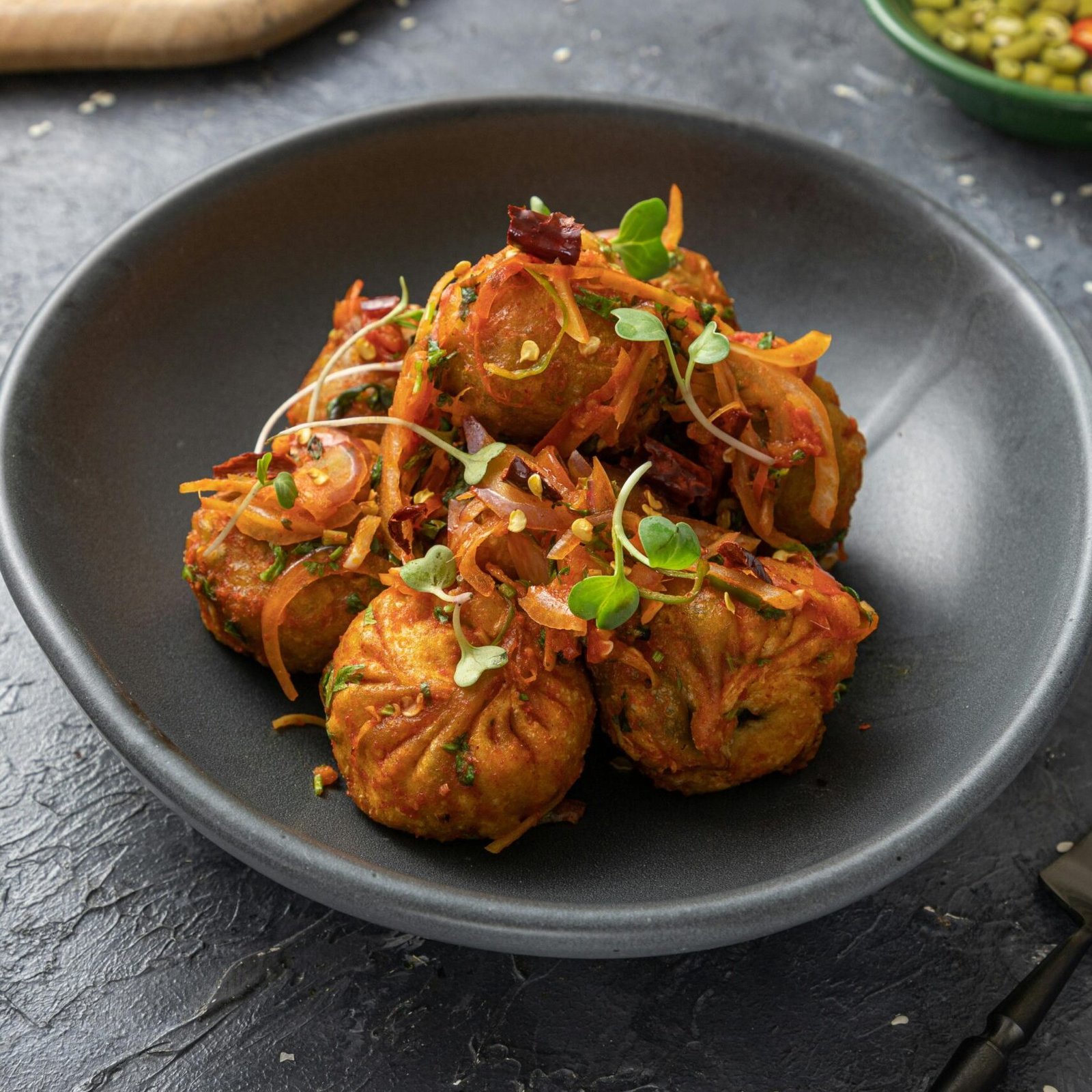Amber Dias pours out a selection of fine whiskies.
Sweet, smokey, earthy and sometimes fruity, a good whisky or whiskey is by no means a one-taste-fits-all kind of spirit. It is complex and unique to the process and region where it is produced, giving whisky lovers a wide selection to choose from – whether you favour it straight or in a classic cocktail. If you are a connoisseur of fine spirits, then you probably know your scotch from your bourbon. However, there’s more to it than that; depending on how you look at it, there are over 10 different types. Let’s take a look at some of the most popular pours.
Scotch
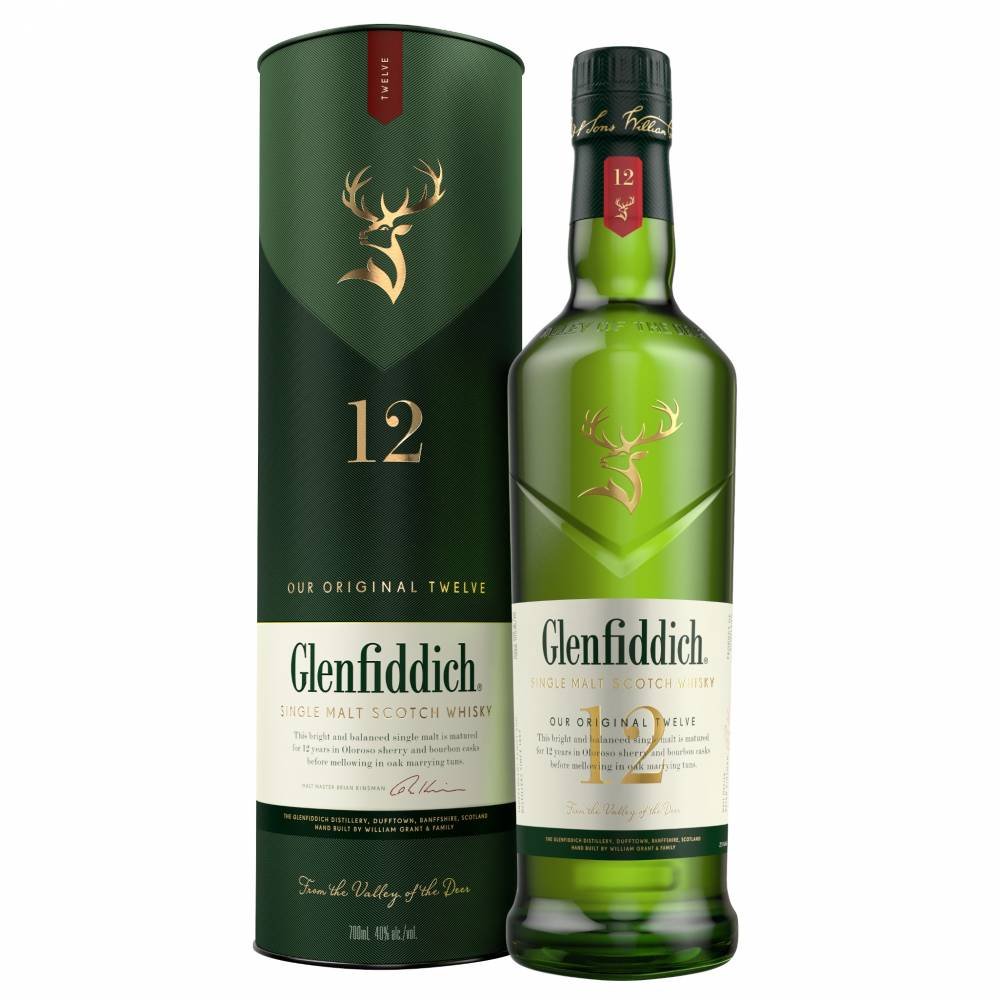
Scotch, as the name suggests, comes from Scotland and its origin dates back to 1494. It is made with either malt or grain, and can be single grain or blended. Whisky making is serious business for the Scots and law dictates that distillers must age the spirit in an oak barrel for at least three years. While flavour profiles differ, it tends to have a malty, smokey and fruity taste with notes of vanilla. It’s the kind of drink you sip and savour. Fun fact: Some of the most expensive whiskies in the world are largely made up of single malt scotch.
Irish Whiskey
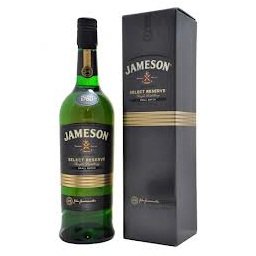
The Irish coined the term ‘whiskey’ from an Irish phrase that means ‘water of life’. Irish whiskey is crafted using a mash of malt and is distilled in water and caramel colouring before being aged in wooden casks for three years. It has an earthy and grainy taste, but it is smoother than its counterparts. Irish whiskey is a favourite for cocktails and a nifty ingredient for pepping up desserts.
Bourbon
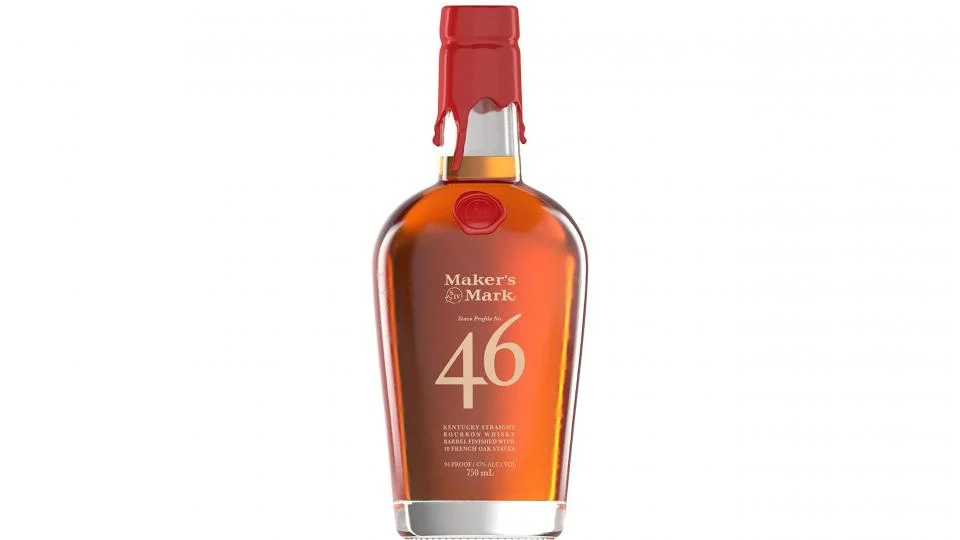
A product of America’s “whiskey renaissance”, bourbon is one of the two main categories of American whiskeys. It is a blended whiskey made with 51% corn with 49% of either malted barley, rye or wheat and is aged in charred oak barrels – which gives it its unique aroma. In terms of flavour, bourbon is woodsy and sweet with soft notes of spices, with a distinct caramel or vanilla aftertaste. The sweetness and consistency make it an ideal choice for first timers.
Rye Whiskey
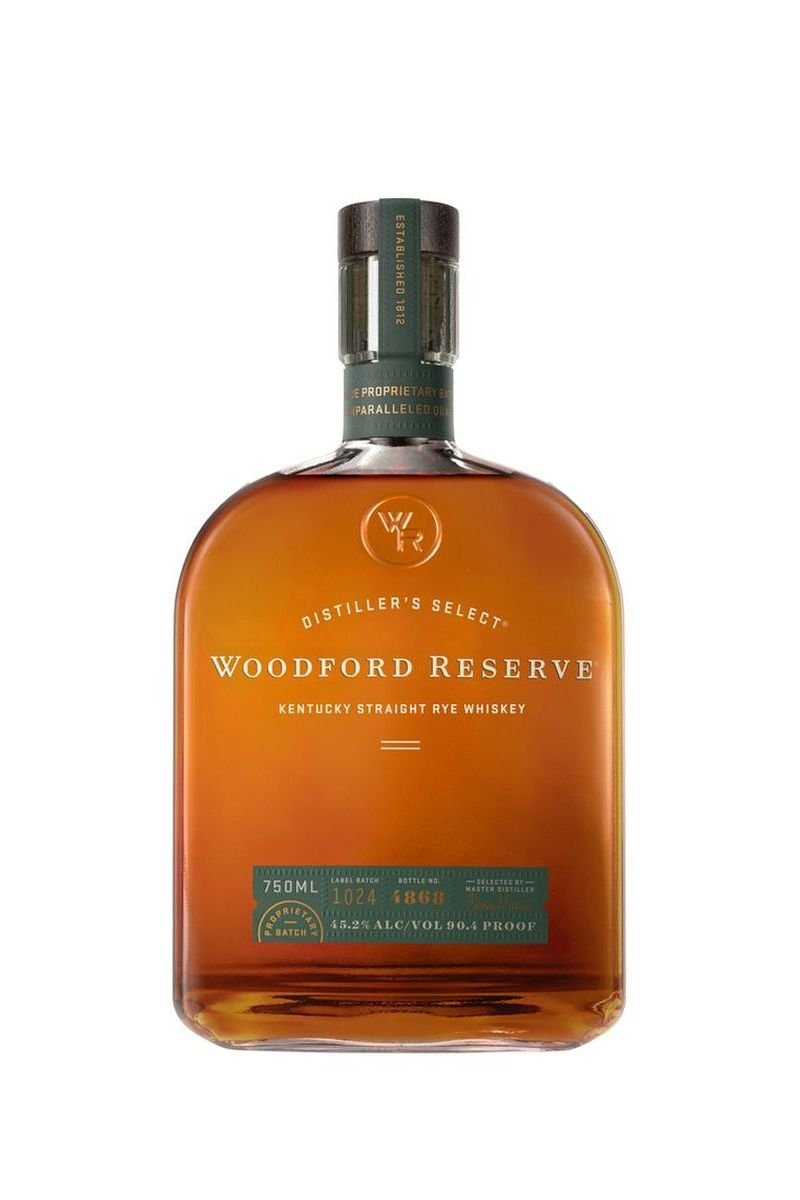
The second category belongs to rye whiskeys, which are crafted with 51% rye, while malted barley and corn make up the rest. Rye whiskey has distinct flavour profiles that can be traced back to its individual ingredients. Overall it is spicier, drier and more savoury than bourbon. Since most classic cocktails use sugar or other sweet liquors or liqueurs, this spirit is the perfect choice to balance out the drink.
Japanese Whisky
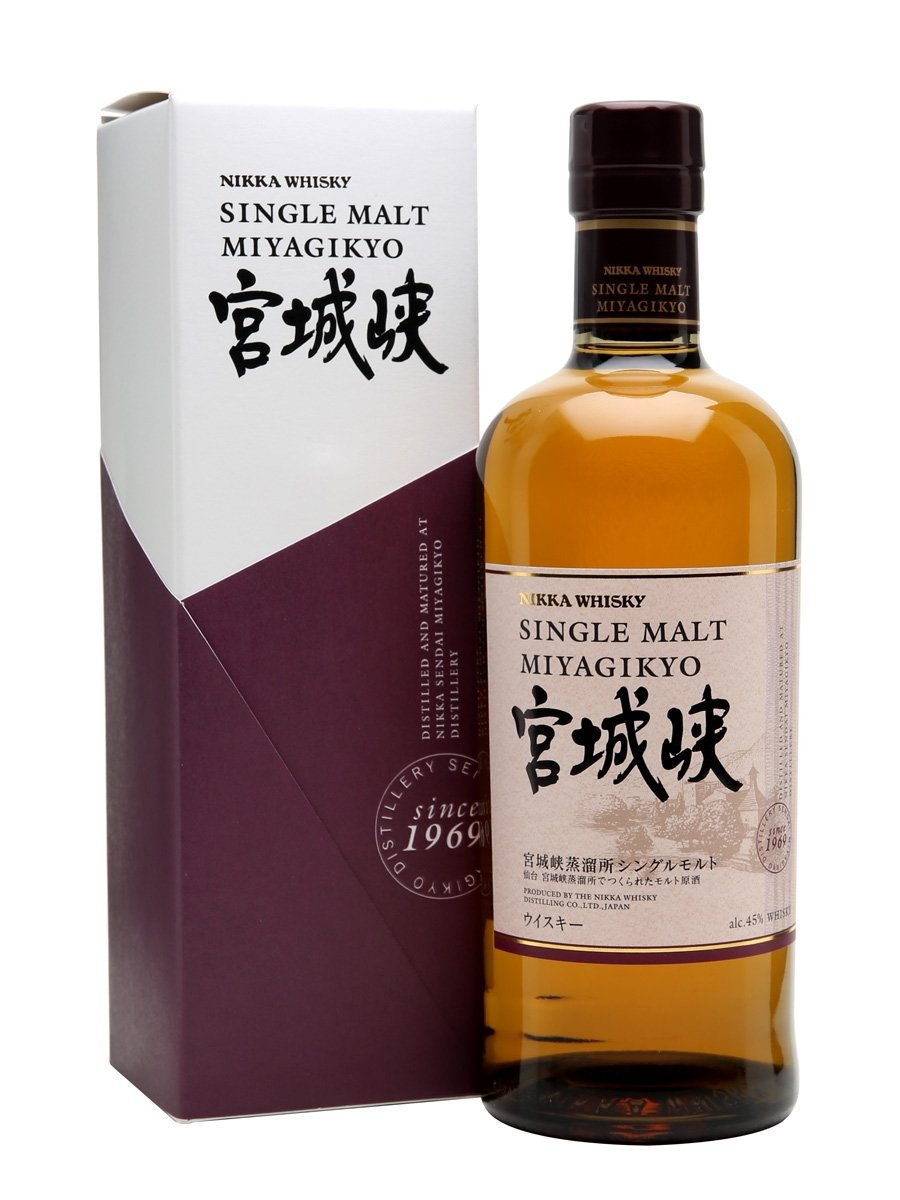
Do as the Scots do, say the Japanese – at least as far as whisky is concerned. Japanese whisky was crafted to mimic scotch, in flavour and body, and is a pretty close match. They even use similar distilling methods. That being said, some distilleries tend to use barrels made of wood only found in Japan. Japanese whisky is known for its high standards, and unlike the Scots, they are open to tweaking the recipe in their quest for refinement.
Indian Whisky
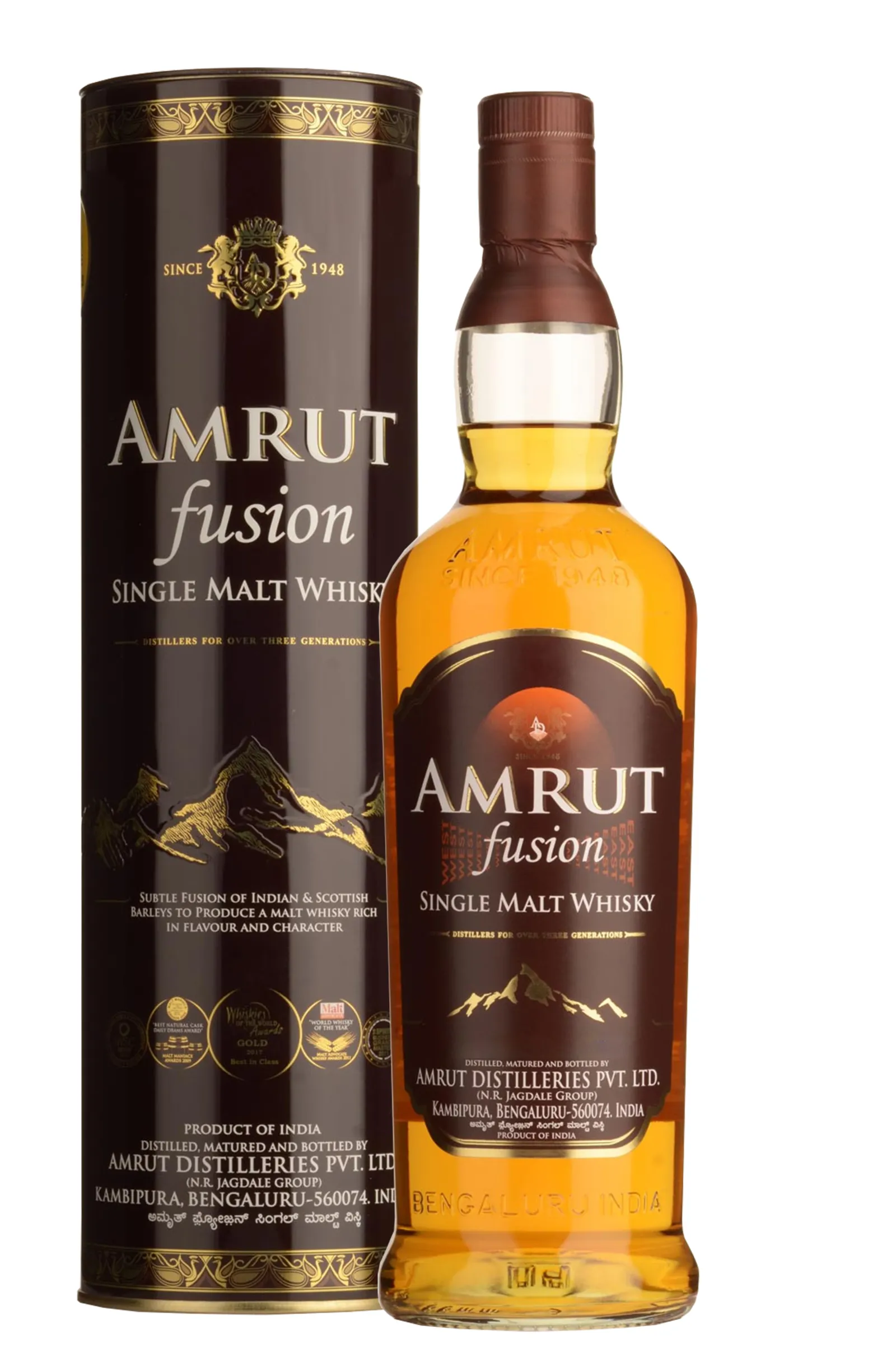
Indian whisky is unique in several ways. It is typically made from molasses, though some producers add malt or pre-made scotch to the mix to boost the complexity. Because of the climate, the spirit ages faster, so the duration is much shorter as compared to other countries. While there is some debate about whether Indian molasses-based whisky can be called a whisky in Europe, taste-wise this spirit is slowly winning over the world.
There are still a few more types out there to explore as distilleries get creative and experiment with techniques and flavours. One trend is flavoured whiskies which offer something different and less serious to those just getting into the game. But whatever your fancy, there are a variety of options and variations to choose from. So pull up a glass and pour one out.



